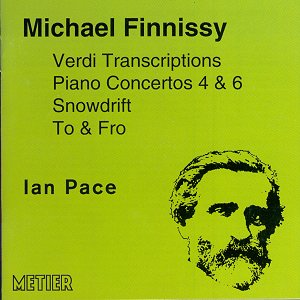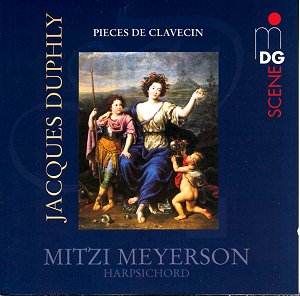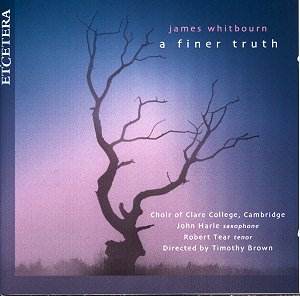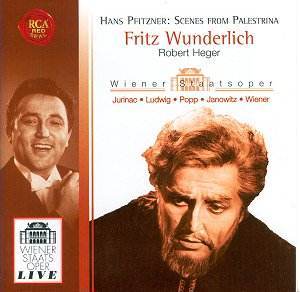 Composer: Michael Finnissy
Composer: Michael Finnissy
Works: Piano Concerto No.6, Snowdrift, Verdi Transcriptions: Books 1 & 2, To & Fro, Piano Concerto No.4
Performers: Ian Pace (piano)
Recording: Christ’s Hospital, Horsham, February 1998 and April 2000; Djanogly Hall, University of Nottingham, July 1998 and August 1998
Label: Metier
The music of Michael Finnissy, a prolific British composer born in 1946, often occupies a unique space within the contemporary classical landscape, merging virtuosic pianism with intricate, often challenging musical narratives. This double CD release presents an impressive survey of his keyboard works, including the ambitious Verdi Transcriptions, which span from 1972 to 1988 and showcase Finnissy’s innovative engagement with the operatic canon, alongside two significant piano concertos and shorter pieces that highlight both his technical prowess and artistic depth.
Finnissy’s Verdi Transcriptions are particularly notable for their radical deconstruction of the source material. Unlike the more romanticized fantasies of the late 19th century, Finnissy’s approach is marked by a post-modern sensibility that seeks to unravel and reinterpret rather than merely embellish. The first six pieces of Book 1 serve as exploratory studies of texture and timbre, employing a variety of extended techniques that push the boundaries of the piano. For instance, the opening piece employs stark rhythmic contrasts and dissonance that challenge the listener’s expectations, while subsequent works introduce more melodic elements, albeit always with a sense of unpredictability. The final movement of Book 2 is an extraordinary 25-minute tour de force that embodies the complexities of Finnissy’s style, weaving intricate motifs with moments of stark stillness, ultimately creating an immersive listening experience that rewards repeated hearings.
Ian Pace’s performance is a masterclass in navigating Finnissy’s demanding repertoire. His technical command is evident, particularly in the Piano Concerto No.4, where he channels the manic energy described by Finnissy — a relentless exploration of pianistic possibilities that encompasses everything from rapid-fire passages to profound lyricism. Pace’s interpretation does not merely serve the notes; it embodies the spirit of Finnissy’s writing, making each phrase resonate with intent and clarity. The eerie, ghostlike qualities of the Piano Concerto No.6 are equally well-realized, with Pace deftly handling its long, static sections that require both precision and an uncanny sense of atmosphere. The contrast provided by the shorter works, Snowdrift and To & Fro, allows him to pivot between different expressive modes, showcasing a versatility that is both refreshing and essential in the context of this anthology.
From a technical standpoint, the recording quality is commendable. The engineers have captured the full spectrum of the piano’s sonority, allowing the listener to appreciate the nuanced dynamics and tonal colors that Finnissy exploits throughout his compositions. The acoustic of Christ’s Hospital and Djanogly Hall contributes to a clarity that enhances the intricate lines and textures, making the complex interplay of voices within the transcriptions particularly vivid. Furthermore, this recording stands as a valuable companion to other notable interpretations of Finnissy’s works, such as those by the composer himself or other leading pianists who have tackled this challenging repertoire, yet Pace’s reading offers a distinctive interpretative lens that merits attention.
Finnissy’s explorations of Verdi, alongside his own concerto works, present a formidable challenge for both performer and listener, yet they also yield rich rewards for those willing to engage deeply with the music. This release not only showcases Ian Pace’s extraordinary talents but also reaffirms Finnissy’s status as a vital voice in contemporary music. The combination of rigorous intellect and emotional depth in these performances invites repeated listening, revealing new layers of meaning and beauty each time. The endeavor to confront and appreciate this music is a testament to its enduring relevance and complexity.



